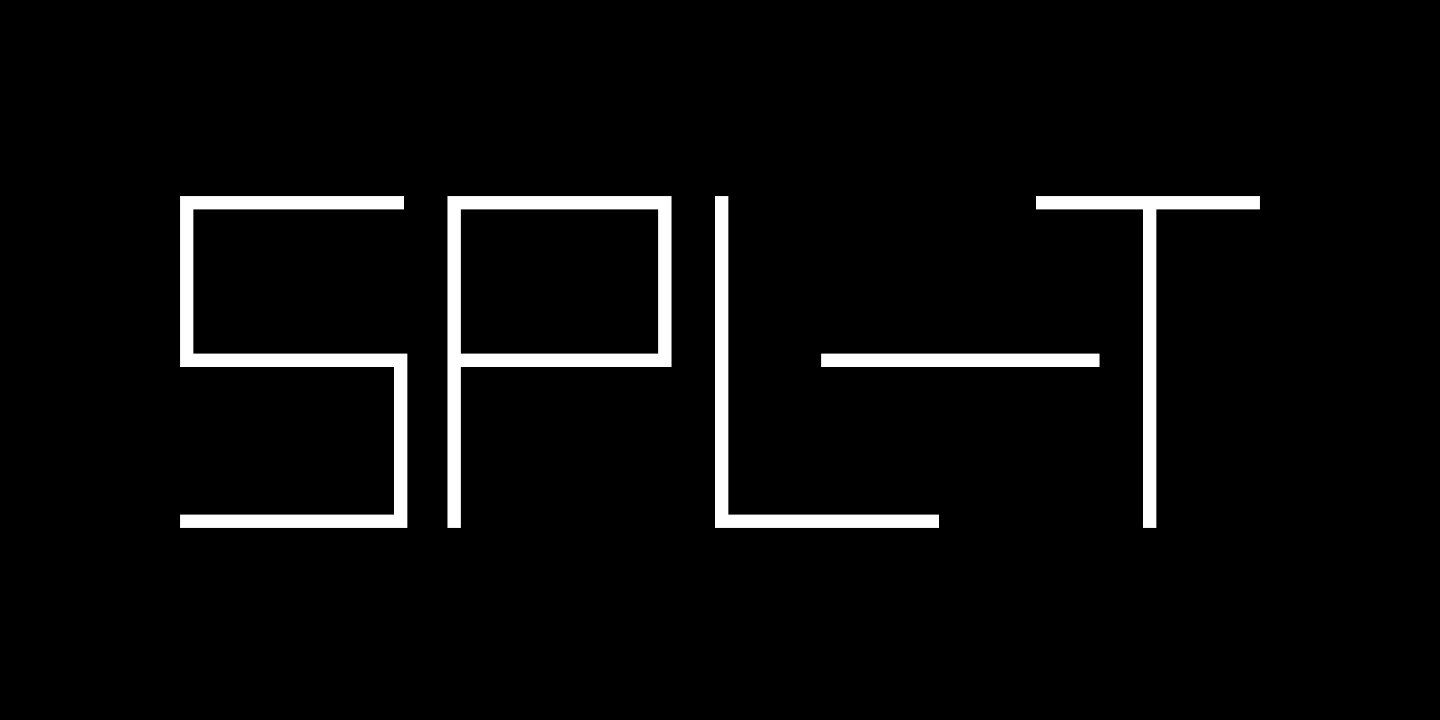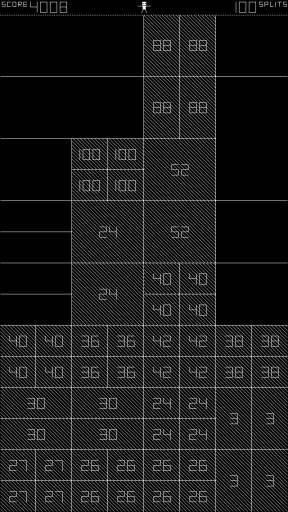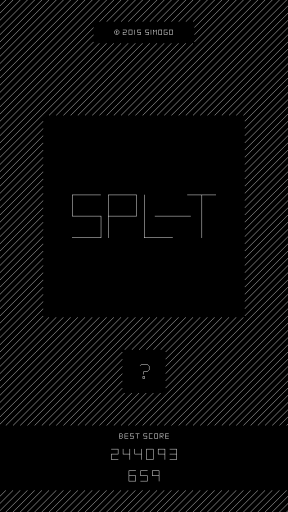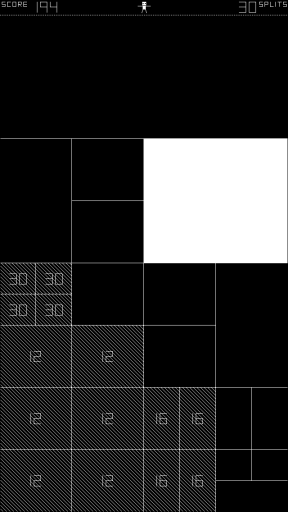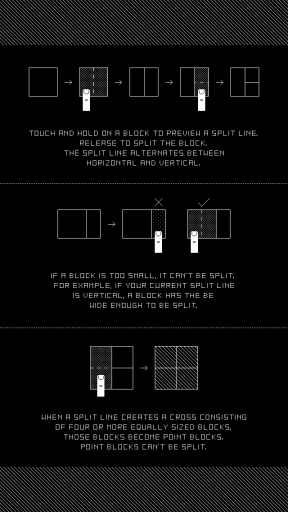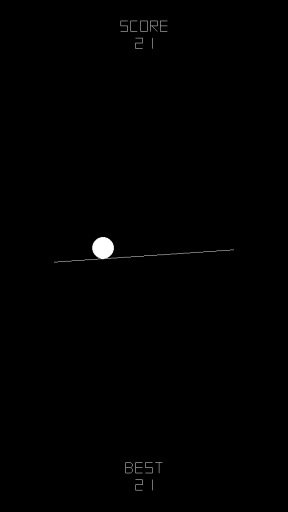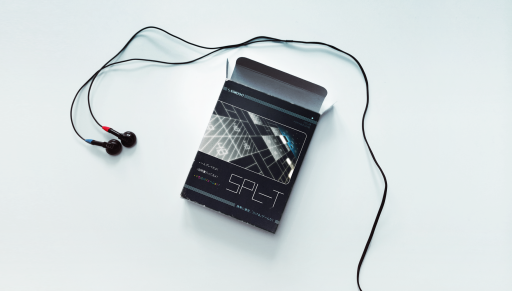
SPL-T

Gameplay & Development
2015 was a busy year, yet with a strange feeling of liminality. While we had one leg in the past, working on the Wii U version of Year Walk, and simultaneously were looking forward into the future, working on and exploring ideas for Sayonara Wild Hearts, we managed to squeeze in a small experiment.
For what must have been over a year, Simon had filled his sketchbooks with what could best be described as a doodle game, in which he’d divide the page with lines, then dividing the new areas, until the entire page was filled with divided areas. We were convinced that if we applied some rules to this doodle game, we could make a very strong and completely original puzzle game.
In 2015, Carl Karjalainen had joined us as a freelancer, with the diffuse task of creating character models for the very loose idea that would become Sayonara Wild Hearts. In the late summer, we had wrapped up Year Walk for Wii U, and Carl was leaving for vacation. Suddenly, we found ourselves with a few weeks with no production planned. It was time for a little palette cleanser, and almost immediately we started prototyping the doodle game. In a matter of days, prototyping became production. We made an in-game editor, in which we could change the rules for the game, to test and iterate which would be the most enjoyable rule sets. Early on, we decided against any type of timing element or meters.
We wanted to create a game that felt completely stress-free, that would have a feeling closer to solving a Soduku


The entire production took only about five weeks, and was more and less finished when Carl came back from his vacation. We spent a little time adding secrets, hidden features and localised the game to many languages, before the game released only a few days after Year Walk launched on Wii U.

Images
SPL-T was designed to feel timeless, and we wanted the visuals to communicate this too. The game should have no fancy flourishes. The decision to make the game monochromatic came almost instinctively. As the entire game is made with pixel art, designed specifically for the resolutions available on iOS devices when it launched, it can sadly look a little smudgy on devices today, as new resolutions are added all the time to the platform.
The name and logo for SPL-T came from the splitting rule set of the game itself, which always alternates between horizontal and vertical splits. The hyphen is meant to look like a horizontal version of a capitalised “i”.
The little man on top of the screen, which we had internally given the name “director”, shows if the next split is horizontal or vertical. Along with the secrets, we added him to give the game some personality and playfulness. He has become a strong contender for our favourite character in our entire catalog.
Before releasing the game, we created a key art designed to look like a Game Boy box, to further increase the feeling of timelessness.

Music
All audio, including music, in SPL-T is made with the same sound, pitched to different frequencies. Most of the music is revisited tunes from old Simogo games. The highscore music is from Kosmo Spin, while several others are from Bumpy Road. Even the title screen music is a reused song. It was originally written for Bumpy Road, but was never used in the game.
After some tests, we decided to not have music as you played the game, to lead to a more thoughtful experience.
Title screen
Credits screen (Bumpy Road)
New High Score screen (Kosmo Spin)

Game Credits
Art, design, sound & music
Simon Flesser
Programming & design
Magnus “Gordon” Gardebäck


